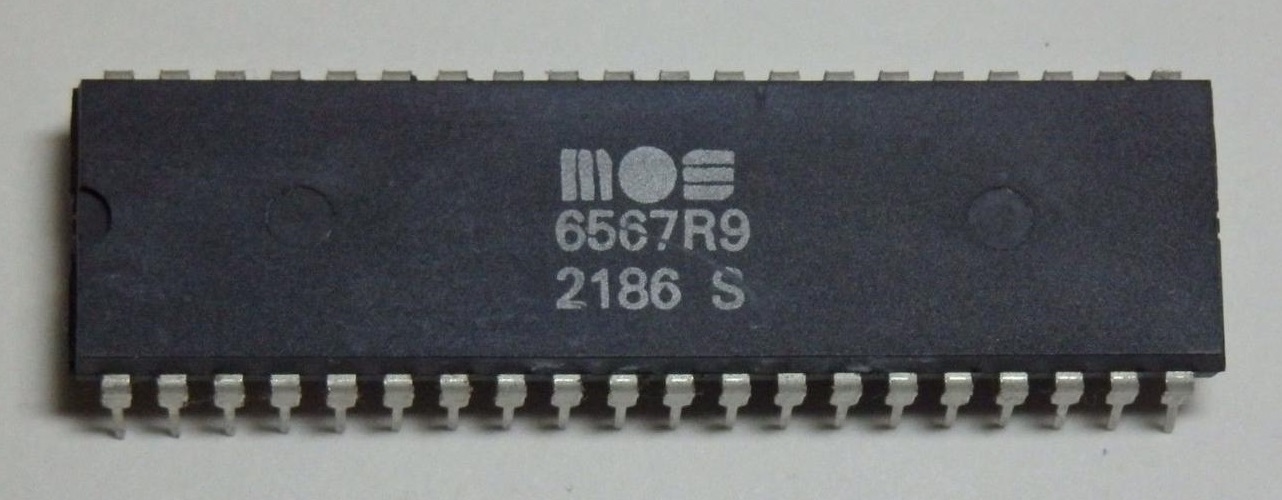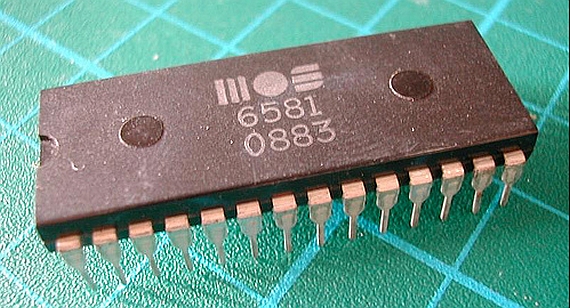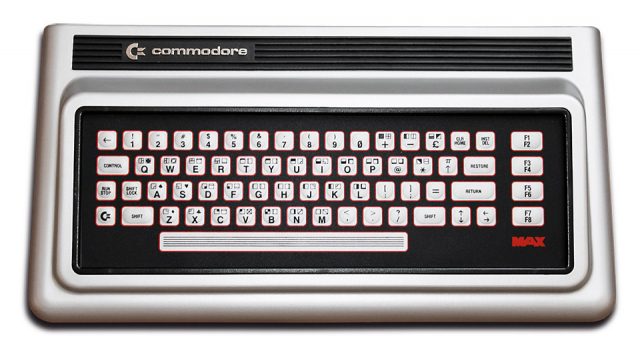Dynamic Duo
Shortly after the VIC-20 was released, MOS Technology started a project to design new graphics and audio chips for a
next-gen game system. The graphics chip was called the VIC-II, a successor to the VIC-20's namesake workhorse chip the VIC,
and the sound chip was called the SID.


Eccentric VIC
Design was completed in November 1981, giving way to Commodore Japan's development of the first system to use them, the
codenamed VIC-10 machine, later known as the MAX Machine (and Ultimax in the US). One of the engineers of the VIC-20 at the
time, Michael Tomczyk, devised the original concept for the system. It was meant to be a "next generation" machine that
would introduce first-time users to the true power of computing. Commodore felt the user would come to find their own use
for the database and spreadsheet programs, and the company would come up with "template" programs to make special-purpose
software for things like mortgage calculations, and rudimentary accounting. In short, this original concept of the MAX
machine was scrapped (but would return in another form later on).

It would be released in Japan early 1982. It had laughably less to work with compared to the VIC-20, with 2 KB of RAM. It
had virtually no ROM either, only 512 B. As the VIC-40 was beginning development at the time with way superior specs and
the same VIC-II and SID chips, the MAX was discontinued not long after release.



